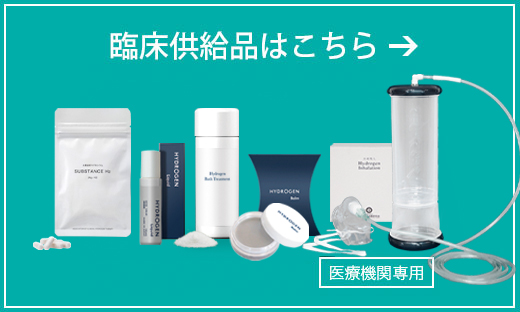There is evidence showing that increased levels of oxidative stress and C-reactive protein (CRP) might be associated with obesity, hypertension, atherosclerosis and other cardiovascular diseases. This study was undertaken to investigate possible relationships among plasma 8-iso-prostaglandin F2α (8-iso-PG F2α: an index of oxidative stress), high-sensitivity (hs)-CRP and membrane fluidity (a reciprocal value of microviscosity) in hypertensive and normotensive men using an electron spin resonance (ESR)-method. The order parameter (S) for the spin-label agents (5-nitroxide stearate) of red blood cell (RBC) membranes in the ESR spectra was significantly higher in hypertensive men than in normotensive men, indicating that membrane fluidity was decreased in hypertensive men. Both plasma 8-iso-PG F2α and hs-CRP levels were significantly increased in hypertensive men compared with normotensive men. In addition, plasma plasma 8-iso-PG F2α levels were correlated with plasma hs-CRP levels. In contrast, plasma nitric oxide (NO)-metabolites were lower in hypertensive men than in normotensive men, and inversely correlated with plasma 8-iso-PG F2α and hs-CRP. The order parameter(S) of RBCs was correlated with plasma 8-iso-PG F2α and plasma hs-CRP, and inversely correlated with plasma NO-metabolites, suggesting that reduced membrane fluidity of RBCs might be associated with increased oxidative stress, inflammation and endothelial dysfunction. Multivariate regression analysis also showed that, after adjusting for general risk factors, both plasma 8-iso-PG F2α and hs-CRP were significant determinants of membrane fluidity of RBCs. The ESR suggests that associations of oxidative stress and inflammation might have a close correlation with impaired rheologic behavior of RBCs and microcirculatory dysfunction in hypertensive men.
ホーム Resonance Raman spectroscopy of red blood cells using lie algebraic technique
前の記事
Hyperhomocysteinemia and Increased Oxidative Stress Levels Are Associated with Impaired Membrane Fluidity of Red Blood Cells in Hypertensive and Normotensive Men: An Electron Spin Resonance Investigation
次の記事
Polyphenols in Fruits and Vegetables and Its Effect on Human Health


